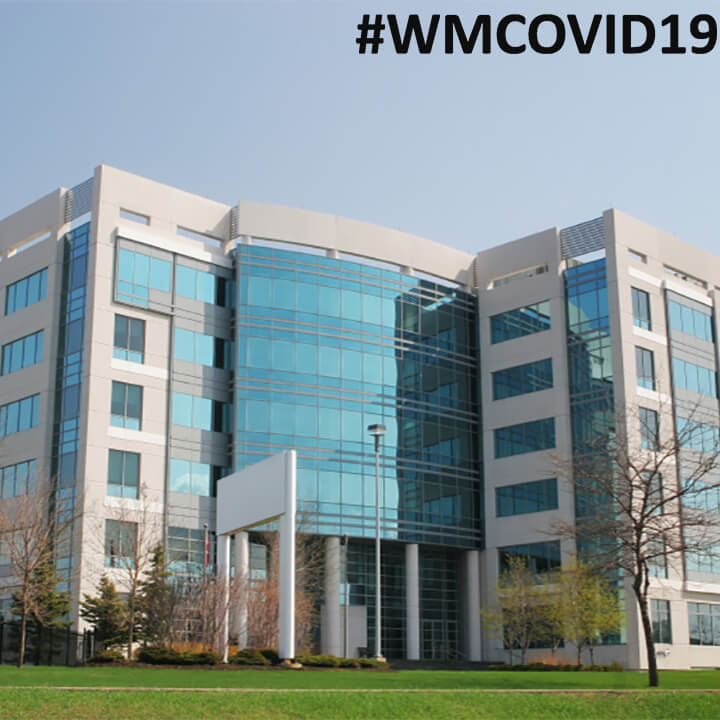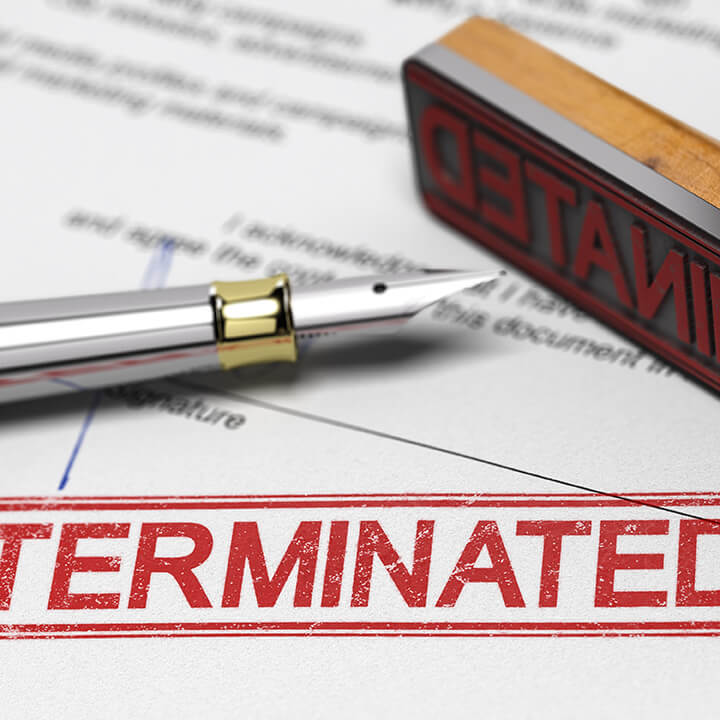Lease or licence, and why it matters
19th December 2016
Real Estate Litigator David Manda reviews the recent case of Holland v Oxford City Council [1], which provides a valuable reminder of the differences between leases (or tenancies – these terms can be used interchangeably) and licences, and why that really matters.
Lease or licence?
Mrs Holland was a member of the travelling fair community who operated fairground rides over the same two adjacent plots at the St Giles Fair in Oxford for a few days each year. Following the Council’s reduction in the size of the plots available for Mrs Holland to occupy, Mrs Holland issued a claim which required the High Court to determine the legal nature of her occupancy.
Was Mrs Holland’s year on year occupancy of the same site a periodic lease/tenancy; was it a periodic contractual licence; or did she obtain each year a fresh, fixed-term licence to occupy for a few days only?
Why does it matter?
The question – and indeed the distinction between leases and licences generally – was crucial because a lease/tenancy confers on the tenant an estate in land, rather than merely a contractual permission to occupy.
A leasehold estate in land carries with it true ownership rights, which include the ability to exclude others from the area and the right to sell or sub-let. A lease/tenancy cannot be terminated without the landlord or tenant following the requisite legal process. A lease/tenancy may also have statutory security of tenure protection, which can further limit a landlord’s ability to recover possession and can, in some cases, give the tenant to a right to renew and/or require a landlord to pay compensation to a tenant if and when the lease/tenancy is duly brought to an end.
By comparison, a licence is a mere personal permission which is governed only by, and can be terminated in accordance with, its own terms and the general law of contract. A licence does not confer a legal estate in land and it cannot attract security of tenure.
Fairground plot – fair game
The judgment in this case provides a very clear reminder that it is patently not the terminology in which an arrangement is couched that determines the legal nature of an occupancy. Regardless whether parties are referred to as landlord and tenant or licensor and licencee; and regardless whether the arrangement is described as a lease/tenancy or a licence, the determining factor is whether or not the occupier has exclusive possession of the land. If the occupier has been granted the right to exclude all others, including the superior owner, from the site, then the occupation arrangement will be a lease/tenancy and not a mere licence.
Here, the terms of occupation agreed between the parties included various provisions that enabled the Council to exercise control over the site to ensure the safety of fair-goers and the smooth running and co-ordination of the fair and fairground as a whole. The terms did not include reservation of a right of re-entry for the Council or an express right of access and the High Court held that that was because the Council had never excluded itself – it had not granted exclusive possession to Mrs Holland – in any event. As such, Mrs Holland’s occupation was not a lease/tenancy and could only be a licence.
Whether the licence was periodic or merely for a fixed term was the next question. That was also of real importance because a periodic licence to occupy can amount to a contractual right to return to exactly the same site, of exactly the same dimensions, each year on an ongoing basis until termination by contractual notice to quit [2], whereas a fixed term licence to occupy simply automatically expires at the end of the specified [few] days and does not involve any right to renew (unless that is expressly agreed).
The High Court found, on the facts of this case, that the Council’s requirement for a fresh application and plot-allocation process to be taken each year; Mrs Holland’s involvement in that process each year; and the granting of a new permission, with the governing conditions changing slightly, each year meant that a new fixed term contractual licence came into effect each year, with each licence surrendering by operation of law the previous year’s licence.
Mrs Holland therefore had no lease/tenancy, no periodic licence (nor any express contractual right to renew) and so she had no right to demand any continued or ongoing occupation of any particular plot or size of plot.
WM Comment
Contracting parties often believe that, where a short term occupancy arrangement is contemplated, that does not merit the putting into place of a formal lease or licence document. Parties often believe that the time and costs involved in instructing a solicitor and completing legal documentation are not justified. However, as this case and the underlying legal principles confirm, that can be a false economy. Apart from the fact that a lack of legal documentation can reflect or result in a lack of clarity as to the respective parties’ obligations to each other and in respect of the site and any neighbouring premises [3], if the parties do not clearly understand and confirm between them the true legal nature of the occupancy arrangement, real difficulties can arise when it comes to issues such as termination and recovery of possession or renewal.
The best advice, whether you are a landowner or [proposed] occupier, is to speak to a specialist to ensure that you understand exactly what you want to gain out of any occupancy arrangement; the risks that you want to avoid; and what is the best legal means of achieving those ends. More often than not, completing a simple but formal lease or licence document upfront will save significant time, cost and inconvenience in the end.
_____________________
[1] [2016] EWHC 2545 (Ch)
[2] with the requisite notice being calculated by reference to annual nature of the licence and being given to expire at the end of a ‘period’
[3] for example, without any clear document in place, how do the parties know and record who is responsible for repairing the premises; whether there any service charge or insurance rent payable; what, if any, are the procedural requirements for the making of any payment demands; and so on…












